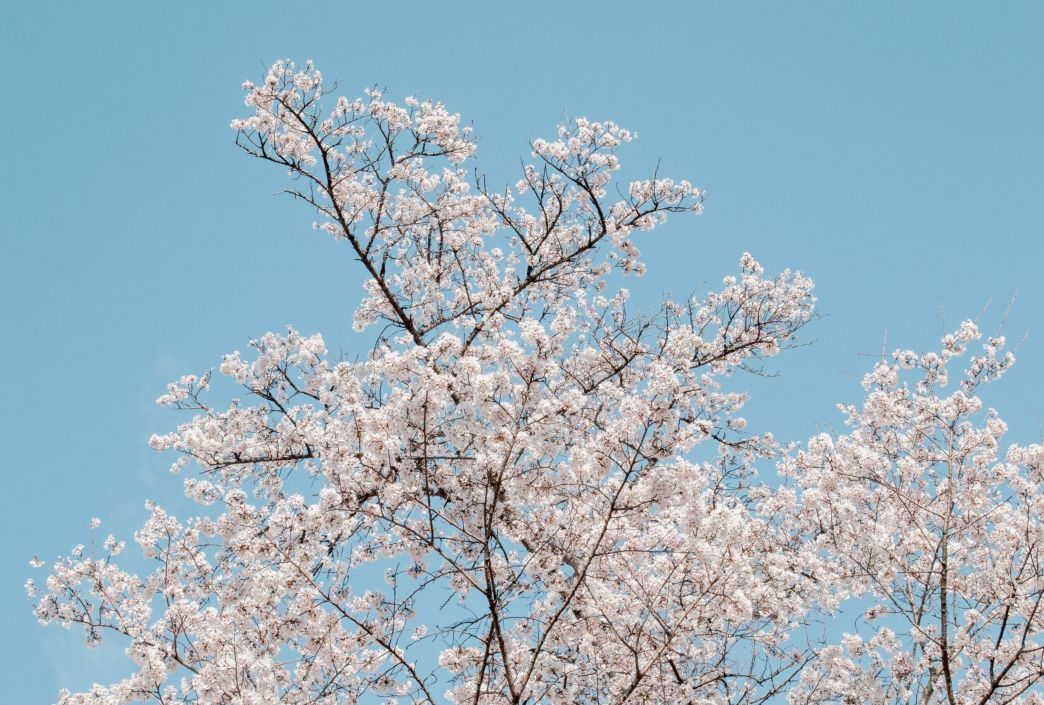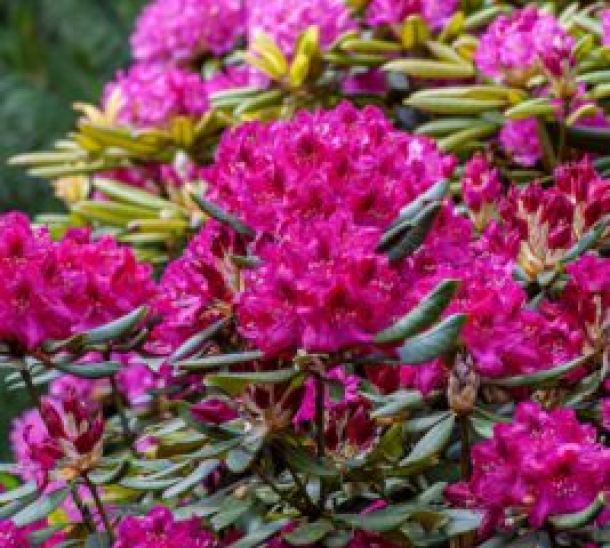Dogwood
Native to the eastern United States, the flowering dogwood trees thrive well in Pennsylvania’s climate. They can adapt to both sunny and shady conditions and require minimal care. These trees provide multi-season landscape interest and bloom snow-white or pink flowers in spring, have glossy green and yellow leaves during summer, offer colorful berries in fall and create a scale-like bark during winter.
Dieback/Flagging
Pests can lead to dieback. For example, dogwood borers are the larvae of clearwing moths that burrow into dogwood after locating a wound within the tree. The insects feed on the inner bark and cambium, causing crown, trunk, and branch dieback.
Leaf Curling/Cupping
Dogwood leaf curling/cupping is often caused by:
- Anthracnose
- Powdery Mildew
Moldy Leaves
Moldy leaves on dogwood trees are often caused by:
- Anthracnose
- Powdery Mildew
- Cottony Maple Scale
Sawdust/Holes
Dogwood sawdust/holes are often caused by:
- Dogwood Borer
- Ambrosia Beetle
- Borers (General)




